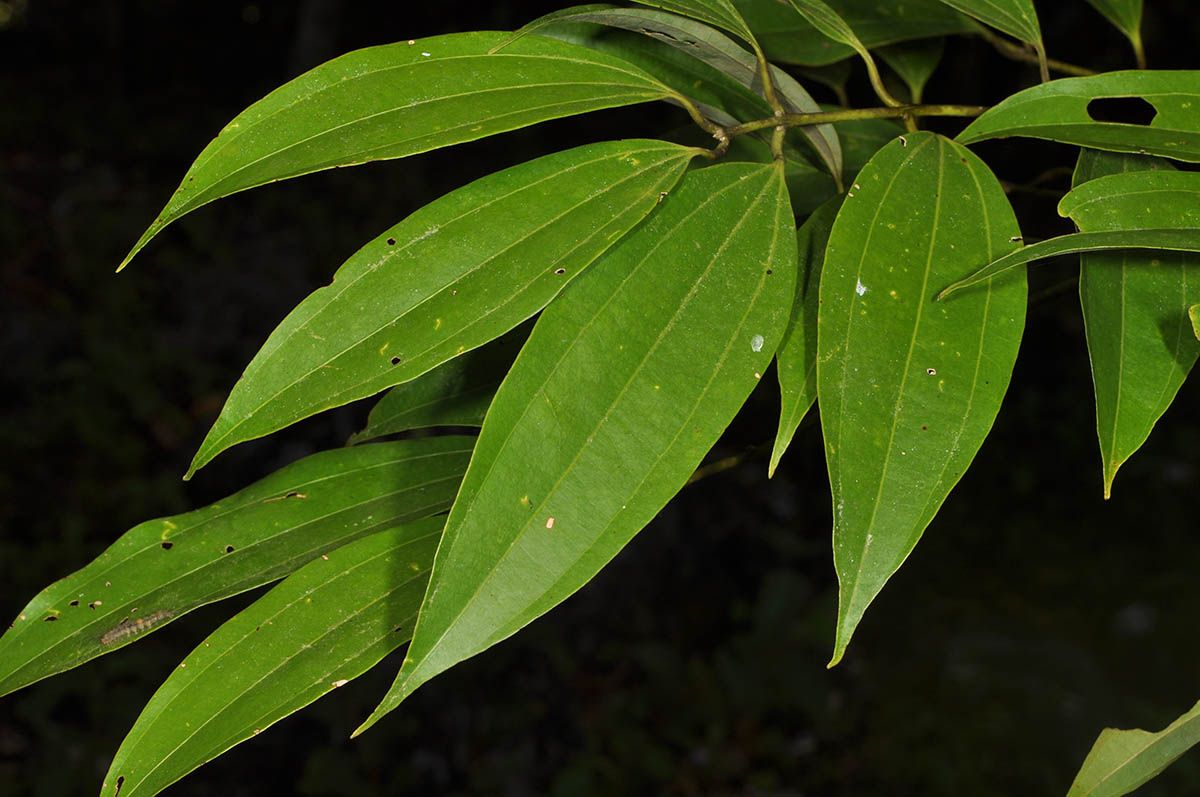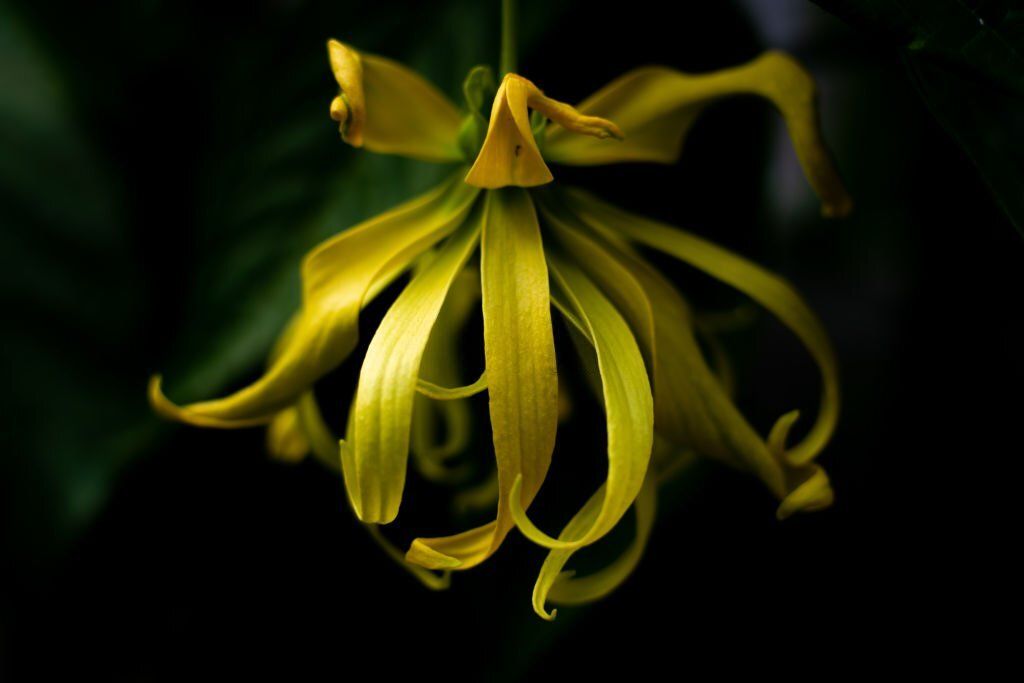Time to look closely at the plants that grow in your yard
Scents have their way of introducing us before we even speak, this is why choosing a perfume that suits your personality should be an integral part of your beauty regimen. But how do you do that exactly? The first step is with research.
Knowing more about fragrances means getting to know some of the most common compounds or natural products they're made up of. In the list below are locally-available plant species essential for making perfumes.
In case you missed it: Million-Dollar Perfumes: Most Expensive Scents in the World
1. Patchouli/Kablin

Patchouli or kablin is an undershrub that is at least 1.2 metres long. It is used in various products such as shampoos, medicine, perfumes, and even insecticides. Steam distillation of dried patchouli leaves yields an essential oil called "oils of patchouli."
This byproduct is considered one of the most important oils in the perfume industry as it blends well with other chemicals such as vetiver, sandalwood, paranium, and lavender.




